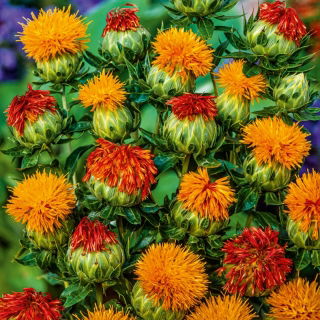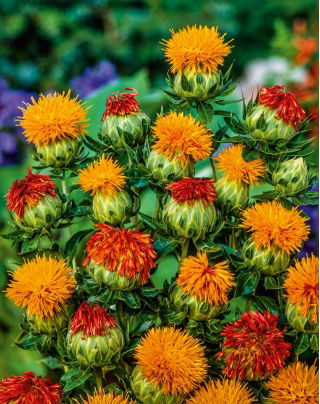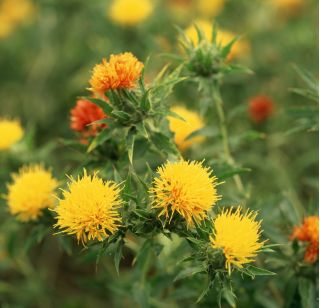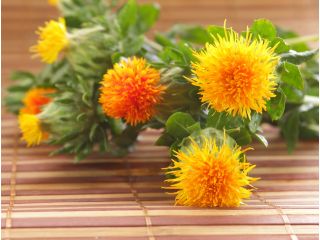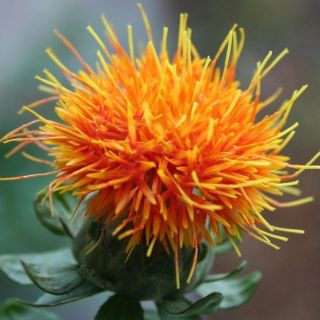- US Dollars ($)
- Euro (€)
- GB Pound (£)
- Chinese Yuan (元)
- Swedish krona (kr)
- Russian ruble (₽)
- Hong Kong dollar (HK$)
- Norwegian krone (kr)
- Indian rupee (₹)
- New Taiwan dollar (NT$)
- Danish krone (kr)
- Hungarian forint (Ft)
- Saudi riyal (SR)
- Bulgarian lev (лв)
- Czech koruna (Kč)
- Israeli shekel (₪)
- Indonesian rupiah (Rp)
- Japanese yen (¥)
- Korean won (₩)
- Malaysian ringgit (RM)
- Romanian leu (leu)
- Swiss franc (Fr.)
- Serbian dinar (din)
- Vietnamese đồng (₫)
- Ukrainian hryvnia (₴)
- Turkish lira (₺)
- Thai baht (฿)
- CAD Dollars ($)
- English
- German - Deutsch
- French - Français
- Spanish - Español
- Italian - Italiano
- Swedish - Svenska
- Russian - Русский
- Norwegian - Norsk
- Danish - Dansk
- Nederlands
- Estonian - Eesti keel
- Finnish - Suomalainen
- Hungarian - Magyar
- Latvian - Latviešu valoda
- Lithuanian - Lietuvių
- Portuguese - Português
- Chinese - 中文
- العربية - Arab-c
- Bulgarian - български
- Czech - Čeština
- Greek - Ελληνικά
- پارسی - Persian
- עברית - Abrit
- Croatian - Hrvatski
- Indonesian - Bahasa Indonesia
- Japan - 日本語
- Korean - 한국어
- Malay - Melayu
- Romanian - Română
- Slovak - Slovák
- Slovenian - Slovenščina
- Serbian - Српски
- Thai - ไทย
- Turkish - Türkçe
- Ukrainian - Українська
- Vietnamese - Tiếng Việt
- Hindi - हिंदी
- Categories
-
Seeds
-
Vegetable Seeds
-
Flower Seeds
-
- Ageratum, Flossflower seeds
- Alyssum seeds
- Amaranth Seeds
- Aquilegia, Columbine seeds
- Aster seeds
- Aubrieta Seeds
- Begonia seeds
- Bellis perennis, Daisy seeds
- Californian Poppy Seeds
- Campanula, Bellflower seeds
- Celosia, Cocksbomb seeds
- Centaurea, Cornflower seeds
- Chrysanthemum, Painted Daisy seeds
- Coleus seeds
- Convolvulus seeds
- Coreopsis seeds
- Cosmos seeds
-
- Datura seeds
- Dianthus, Carnation seeds
- Echinacea, Coneflower seeds
- Flower seed mixtures
- Forget me not seeds
- Foxglove seeds
- Gaillardia Seeds
- Gazania seeds
- Geranium, Pelargonium seeds
- Godetia seeds
- Gourd, Ornamental squash seeds
- Gypsophila, Baby's Breath seeds
- Hollyhock seeds
- Impatiens seeds
- Ipomoea, Morning glory seeds
- Calabash, Bottle Gourd seeds
- Larkspur, Delphinium seeds
-
- Limonium, Statice seeds
- Lobelia seeds
- Lupin, Lupine seeds
- Lychnis, Catchfly seeds
- Mallow Seeds
- Marigold, Tagetes seeds
- Milkweed Seeds
- Nasturtium seeds
- Nemesia seeds
- Nepeta, catmint seeds
- Nicotiana, Ornamental Tobacco seeds
- Nigella, Love in a mist seeds
- Pansy seeds
- Petunia and Surfinia seeds
- Phlox seeds
- Poppy seeds
- Primula, Primrose seeds
-
- Red Valerian, Centranthus Seeds
- Ricinus, Castor bean seeds
- Runner bean seeds
- Safflower seeds
- Salvia, Ornamental sage seeds
- Snapdragon Seeds
- Stock seeds
- Strawflower, Golden everlasting seeds
- Sunflower seeds
- Sweet pea seeds
- Tunbergia, Black-eyed Susan Vine seeds
- Verbascum, Mullein seeds
- Verbena seeds
- Veronica, Speedwell seeds
- Viola, Violet seeds
- Zinnia seeds
-
- Herb Seeds
- Sprouting Seeds
-
Flower Bulbs
-
Garden Equipment
-
At home
- Around home
-
Fertilizers
-
- All-purpose fertilizers
- Autumn and winter fertilizers
- Blueberry fertilizers
- Boxwood fertilizers
- Bulb plants' fertilizers
- Grass and lawn fertilizers
- Citrus plant fertilizers
- Compost
- Conifer fertilizers
- Dolomite and lime fertilizers
- Dry powder fertilizers
- Fertilizers for balcony and terrace plants
- Fertilizers for moss-infected lawns
- Fertilizers in pump sprayers
-
- Fertilizers in watering cans
- Fertilizers sticks
- Fertilizers with leaf shine
- Flowering plant fertilizers
- Fruit fertilizers
- Fruit tree fertilizers
- Garden plant fertilizers
- Gel fertilizers
- Geranium fertilizers
- Green plant fertilizers
- Herb fertilizers
- Home plant fertilizers
- Hydrangea fertilizers
- Lavender fertilizers
-
Discover the charm of Safflower (Carthamus tinctorius), a plant that brings unique beauty and ease of cultivation to your garden. This annual plant reaches a height of 70 to 80 cm, producing plump flower heads in shades of yellow and orange. Safflower is an excellent choice for both flower beds and dried bouquet arrangements, admired for their lasting appeal. Its presence in the garden guarantees summer vitality with minimal maintenance effort.
Sowing
Safflower seeds are best sown directly into the soil. Choosing this method allows the plants to make the most of the natural growing conditions. It is essential to ensure that the soil is well-cultivated and properly prepared to receive the seeds.
Sowing Depth
The optimal sowing depth is approximately 1.5 cm, ensuring even germination and stable growth. Maintaining this depth contributes to effective root development, which is crucial for the plant's health.
Direct Sowing Period
When should you sow Safflower seeds directly into the ground? The best time is between late March and April, when the risk of frost is minimal. This period is ideal for providing the plant with the right conditions for growth and rapid development.
Planting Time
For optimal growth, it is advised to plant Safflower at a spacing of 25–30 cm x 15 cm. This spacing allows for proper air circulation and ensures each plant has ample space to thrive.
Companion Planting
Safflower harmonises beautifully with flowers like sunflowers, creating lively and colourful arrangements. Its vibrant hues complement other plants, resulting in a cohesive and visually appealing composition.
Site Conditions
The plant thrives best in sunny locations, enhancing the intensity of its colours. Safflower fares well in poor soil, making it ideal for areas where other plants might struggle. Its drought tolerance makes it perfect for growing in challenging conditions.
Growing Tips
Safflower is incredibly easy to grow, requiring no specialised care. It does not need additional fertilisation, and its resilience to short water shortages makes it an excellent choice for novice gardeners.
Plant Height
The plant reaches a height of 70 to 80 cm, making it a striking feature in any garden. Its slender silhouette and vibrant colours not only draw the eye but also add elegance to the space.
Flowering Period
Safflower blooms from July to August, bringing summer hues and freshness to the garden. Its flowers last a long time, allowing you to enjoy their beauty for an extended period.
Usage
Safflower is valued for its versatility. It is ideal for flower beds, as a cut flower in vases, and for creating long-lasting bouquets. It introduces natural colour and vibrancy to floral arrangements, making each one unique.
Resistance to Diseases
Safflower is highly resistant to diseases and adverse weather conditions. It is reliable in cultivation, making it an ideal choice for gardeners seeking hardy and durable plants.
Good to Know
Safflower was once used as a natural dye for textiles and food. Its vibrant colours were appreciated as a more affordable substitute for saffron. Its flowers resemble small thistles but are much friendlier to the touch, making them attractive both in the garden and at home.
Why Buy from Garden Seeds Market
By choosing Safflower seeds from the Garden Seeds Market, you can expect the highest quality and freshness, as the seeds have undergone thorough laboratory testing. Customers value the positive reviews, competitive prices, and fast delivery. Don't wait! Buy online and transform your garden into a summer oasis full of colour. Quality seeds are the first step to success!
The seed packet contains 2 g of seeds. The packaging includes information on cultivation guidelines and the optimal sowing time.
New


My account
Store
Customer information
Information

© -2025 Gardenseedsmarket.

